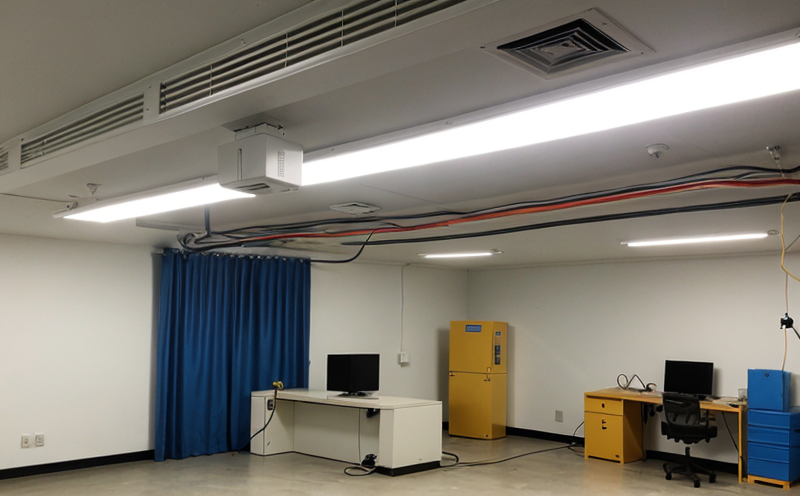EN 50160 Voltage Characteristics in Public Networks
The CEN standard EN 50160 defines the permissible voltage deviations, frequency variations, and harmonic distortions of electrical power supplied to public networks. This service ensures compliance with this standard by testing the quality of electricity in distribution systems within the built environment, particularly focusing on lighting and electrical systems. This is crucial for maintaining reliability, safety, and efficiency in infrastructure.
The standard applies to all public low-voltage (
The testing process involves measuring various parameters such as voltage magnitude, frequency, and harmonic content at multiple points along the distribution network. These measurements are taken under both nominal operating conditions and during transient events like switching operations or faults. The data collected is analyzed to determine compliance with EN 50160 limits.
The apparatus used for this testing includes high-precision voltage and current sensors, power quality analyzers, and data loggers capable of capturing detailed records over extended periods. The test specimens are typically the electrical circuits and components within public lighting systems, including street lamps, traffic lights, and other infrastructure installations.
Acceptance criteria for EN 50160 compliance include ensuring that voltage variations do not exceed ±6% from nominal values at any point in the network, frequency deviations should be limited to ±0.2 Hz around the nominal value, and harmonic distortion levels must remain below a specified threshold (typically 5%). Failure to meet these criteria can lead to equipment malfunction, increased energy consumption, and potential safety hazards.
| Application Area | Description |
|---|---|
| Street Lighting | Ensuring the reliability of street lighting systems during peak demand periods. |
| Traffic Signal Systems | Avoiding signal failures due to voltage fluctuations that could impact traffic flow and safety. |
| Public Building Lighting | Maintaining consistent light quality for occupants and visitors in public buildings. |
| Use Case | Description |
|---|---|
| Pre-Construction Testing | Identifying potential issues before installation to ensure design meets EN 50160 standards. |
| Ongoing Monitoring | Continuously monitoring network performance post-installation to maintain compliance and reliability. |
| Post-Installation Validation | Verifying that the installed systems perform as expected according to EN 50160 specifications. |
- Maintaining public safety by ensuring proper functioning of lighting and signaling systems during emergencies.
- Optimizing energy consumption through accurate voltage regulation in public lighting systems.
- Reducing maintenance costs associated with premature equipment failure due to improper voltage conditions.
- Enhancing the overall quality of life for residents and visitors via reliable and efficient lighting infrastructure.





